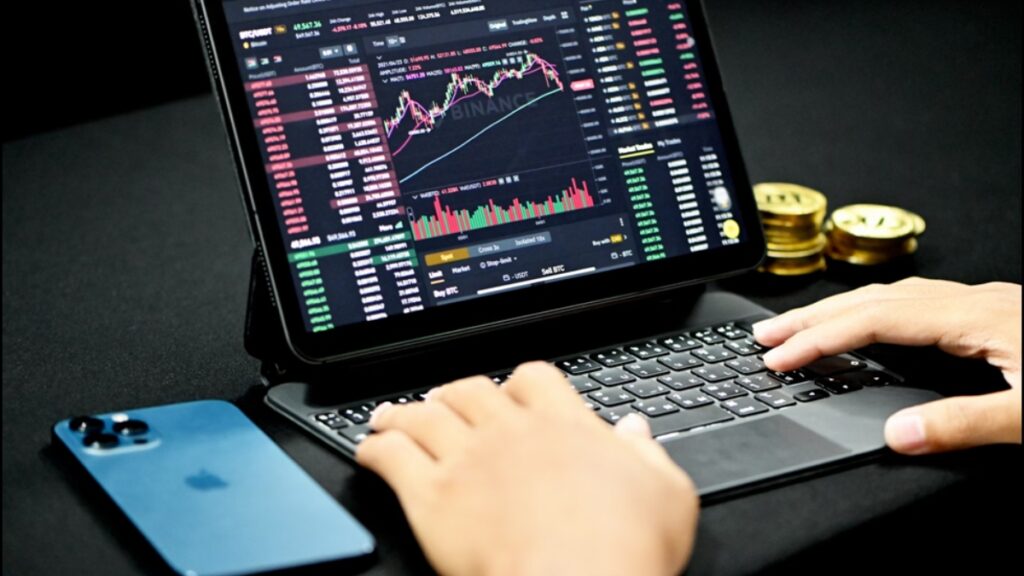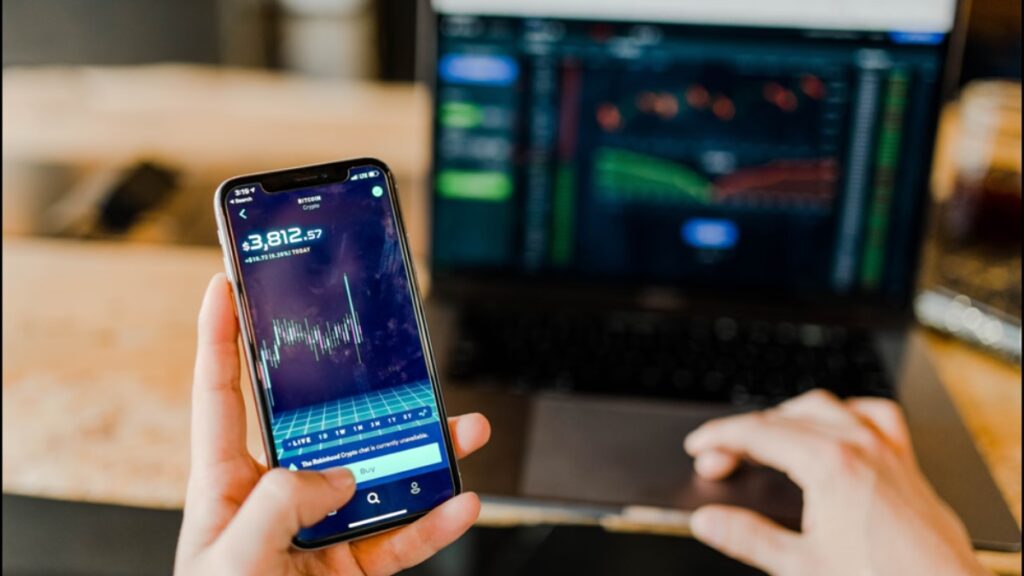Choosing the right platform for forex trading is crucial for success in the foreign exchange market. With numerous platforms available, each offering a unique set of features and tools, the decision can be overwhelming, especially for beginners. This guide aims to simplify the process by highlighting key factors to consider, helping you make an informed choice that aligns with your trading goals and needs.
Understanding forex trading platforms
Forex trading platforms are software programs provided by brokers to facilitate trading in the forex market. These platforms offer access to currency pairs, market data, analytical tools, and the ability to execute trades. Your choice of platform can significantly impact your efficiency and profitability. Therefore, understanding what to look for in a platform is the first step towards successful forex trading.
Key factors to consider
1. Broker reputation and regulation
Before diving into the specifics of the trading platform, ensure that the broker providing the platform is reputable and regulated. Regulatory bodies such as the Financial Conduct Authority (FCA), the U.S. Commodity Futures Trading Commission (CFTC), and the Australian Securities and Investments Commission (ASIC) oversee brokers to ensure they adhere to strict standards. A regulated broker not only ensures the safety of your funds but also provides a platform that operates under fair practices.
2. User-friendly interface
A user-friendly interface is essential, particularly for beginners. The platform should be intuitive, easy to navigate, and not overwhelm you with complex features. Look for platforms that offer customisable layouts, easy access to trading tools, and a clear display of market data. A well-designed interface can significantly enhance your experience and efficiency.
3. Trading tools and features
The availability of advanced trading tools and features can set a good platform apart from a mediocre one. Essential tools to look for include:
- Charting tools: These tools help in technical analysis by providing various types of charts (e.g., line, bar, candlestick) and indicators (e.g., moving averages, Bollinger Bands, RSI).
- Automated trading: Features like Expert Advisors (EAs) on MetaTrader platforms allow for automated trading based on pre-set rules.
- Risk management tools: Stop-loss, take-profit orders, and margin calculators help in managing risk effectively.
- Economic calendar: This tool provides information on upcoming economic events that might impact the forex market.
4. Execution speed and reliability
Execution speed is critical in forex trading, where price movements can be rapid and sudden. A platform with fast execution speeds ensures that your trades are executed at the desired price without significant slippage. For example, MTrading, an online forex broker, offers such high-speed execution, ensuring you can capitalise on market movements effectively. Additionally, the platform should be reliable with minimal downtime to prevent missed trading opportunities and potential losses.
5. Costs and fees
Different platforms and brokers have varying fee structures. These can include spreads, commissions, overnight fees, and withdrawal fees. It’s important to understand the fee structure of the platform to assess its cost-effectiveness. Compare the spreads and commissions of different platforms to find one that offers competitive rates without compromising on quality.
6. Customer support
Effective customer support can be a lifesaver, especially during critical trading moments. Ensure that the platform offers robust customer support through multiple channels (e.g., live chat, phone, email) and during trading hours. Quick and efficient support can help resolve technical issues and provide guidance on using the platform’s features.
7. Mobile trading
In today’s fast-paced world, the ability to trade on-the-go is invaluable. Check to see if the platform offers a mobile version that is compatible with your device. The mobile app should provide a seamless experience with access to all necessary tools and features available on the desktop version.
Testing platforms with demo accounts
Before committing to a platform, it’s highly recommended to use a demo account. Demo accounts allow you to explore the platform’s features and tools without risking real money.
They provide a risk-free environment to practice strategies, understand the platform’s interface, and evaluate its performance under different market conditions. By using a demo account, you can gain confidence and ensure that the platform meets your needs before transitioning to a live account. This step is particularly beneficial for beginners who need to familiarise themselves with the intricacies of forex trading.
Conclusion
Choosing the right platform for forex trading is a critical step in your journey. It involves considering several factors, such as the broker’s reputation, user interface, trading tools, execution speed, costs, customer support, and mobile capabilities. By carefully evaluating these aspects, you can find a platform that not only meets your needs but also enhances your experience and profitability.
Remember, the best platform for you is one that aligns with your trading style, offers the tools you need, and provides a seamless and secure environment. Take the time to test different platforms using demo accounts before committing to a live account. This approach will help you make an informed decision and set you on the path to successful forex trading.



